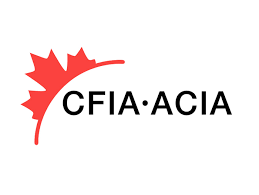Updated Regulations for humane transport and animal welfare in Canada
What follows is a notice sent to PIJAC Canada from our group at the Canadian Food Inspection Agency regarding long awaited updated regulations for the transport of animals.
The updated Health of Animals Regulations Part XII (Transport of Animals) come into force today, February 20, 2020. The amendments were published in the Canada Gazette II in 2019.
The Canadian Food Inspection Agency (CFIA) knows that Canadians, farmers and ranchers depend on the high standards of our regulatory system to maintain trust with consumers both in Canada and abroad. We also know that farmers and ranchers care deeply about their animals, and are constantly innovating to improve animal welfare.
Canada’s regulations on the transportation of animals had not been updated since 1977. At that time, most farm animals were moved across the country by rail and there was very little science on animal welfare. The updated regulations have been underway since 2006 and uses the latest science available. They take into account over 51,000 submissions from veterinarians, producers, transporters, animal advocacy groups and the general public.
The updated regulations no longer only take a prescriptive approach, but instead offer flexibilities to people in the sector, so they can use their experience and innovations to achieve the desired outcomes of having the animals arrive in good health. The updated regulations also mean that transporters will have to do more planning for worst case scenarios, such as extreme weather conditions or vehicle breakdowns.
In addition, the CFIA has built in a two-year transition period for the sector to comply with the new feed, water and rest transport time requirements of the updated regulations. Through education and awareness measures, the CFIA will focus its enforcement efforts on facilitating compliance with these requirements.
The new transport times for animals put Canada in closer alignment with international standards. It is important to maintain Canada’s reputation as global leader for the high standards of our food system. During the transition period, the CFIA will work closely with the sector on the implementation of the changes and will put greater emphasis on education and training for the proper transportation of animals.
For more information about how to best transport your animals, visit the CFIA’s website:
- Livestock transport in Canada (Brochure)
- Unfit or compromised animals (Fact sheet)
- Make sure your calf is fit for transport (Infographic)
- Inspection and enforcement
Visit CFIA’s website for more information on humane transport and animal welfare in Canada.



